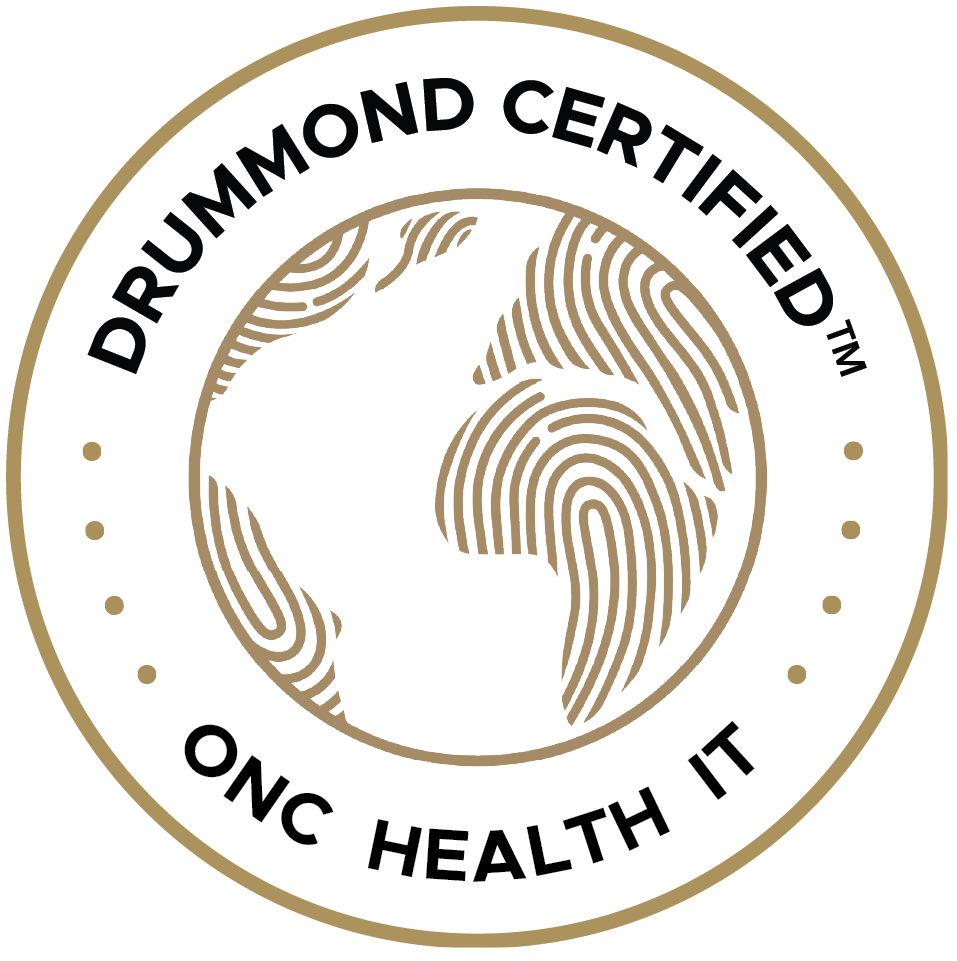gvgray
Medication seems to be replacing psychotherapy. Between 1998 and 2007 the percent of people receiving psychotherapy alone declined (by 25%); combined psychotherapy and medication declined (by 17%); and there was a decline in the average number of therapy visits per patient (9.7 to 7.9). By contrast utilization rates for medication alone shot up (from 41 percent to a little more than 57 percent). Overall, there was a 35% decrease in total psychotherapy expenditures.
This dramatic decline in the use of talk therapy isn’t because seeing a therapist for depression or anxiety doesn’t work or because of new psychiatric guidelines. If anything evidence supporting psychosocial treatments have expanded over the recent decades. For the most common psychiatric conditions, anxiety and depression, psychotherapy is a first line treatment for all but severe patients.
Nor is it patient preference that has driven these changes in utilization—studies find that most patients want more than just a pill. The literature cites a number of explanations for the decline in use of psychotherapy:
–Direct-to-consumer advertising by big pharma. Psychosocial practitioners do not have the financial ability to counter the media messages of big pharma.
–Insurance reimbursement practices. Despite parity and Obamacare, insurance companies continue to practice more intrusive utilization management on psychotherapists than on general medicine.
–Cost. Generic antidepressants are inexpensive. Psychotherapy usually requires a copay and so is usually more expensive..
–Hassle. It is easier to take a pill than to arrange for a psychotherapy appointment, drive to that appointment, deal with difficult emotional issues, and do it on a regular basis while balancing other areas of one’s life.
All of these reasons have some merit. But I think a practical reason why less psychotherapy is being provided is the fact that the link between the biggest psychotherapy referral source, PCPs, and behavioral clinicians is broken.
Managed behavioral healthcare organization’s (MBHOs) first broke that link in the 1990’s when they took control of psychiatric referrals, putting themselves between PCPs and clinicians. Managed care meant that PCPs no longer made referrals to clinicians directly but made them to a corporate entity. One PCP described the experience as being forced to make referrals into a “black hole.”
As medicine is practiced currently it is often easier for a PCP or other physician to write a prescription than to try to find a provider who could offer psychotherapy. The PCP often has to look up a participating provider on the patient’s insurance website, then give them their name and telephone number, and hope that the patient will follow up. How much confidence does a PCP have in that referral? Not much.
But what if a PCP could find a clinician, make an online referral, and send the relevant clinical information in a matter of moments while the patient is in the office? In this instance, the hand off is likely to be much more authoritative and the uptake (follow through by the patient) higher. Imagine the difference between a PCP who says “call Dr Smith. Here is his number, “ and “I made a referral for you with Dr. Smith and sent along a clinical summary. We can make an online appointment now or have him call you later today.”
Now for the infomercial. CarePaths has a built a referral portal to directly connect clinicians to PCPs and other referral sources. It is designed to track referrals and communication and to improve care coordination. It allows PCPs and other referrers (teachers, probation officer, agency, etc) to make online referrals, upload clinical information and schedule an appointment. If the behavioral clinician prefers, they can contact the patient to schedule.
And the referral portal works. One user who receives referrals from the Cleveland Clinic calls it “a huge benefit.” Some users of our system rely on it extensively. Once referrers start using it, referrals increase because it saves the referrer time and reduces the hassle of tracking referrals.
In the next couple of weeks we will be introducing secure messaging with alerts to the referral portal. Secure messages will be accompanied by email alerts. This feature will improve communication, reduce telephone tag and will be especially helpful in giving brief updates on patient status or to answer the referrer’s questions, e.g. did the patient show up for the appointment, etc.
The American Psychological Association and some leaders in the field have called for media campaigns in the public domain to counter the messages of big pharma and to educate the public about the value of psychotherapy. I for one don’t see that as at all practical, first because big pharma spends 5 billion dollars a year on advertising, and second because the demand for psychotherapy has not, in fact, abated. In other words, the decline in utilization is not due to a decline in demand. It is due to changed facts on the ground. It is up to practitioners to forge new linkages to the larger medical system. Technology can help do this









